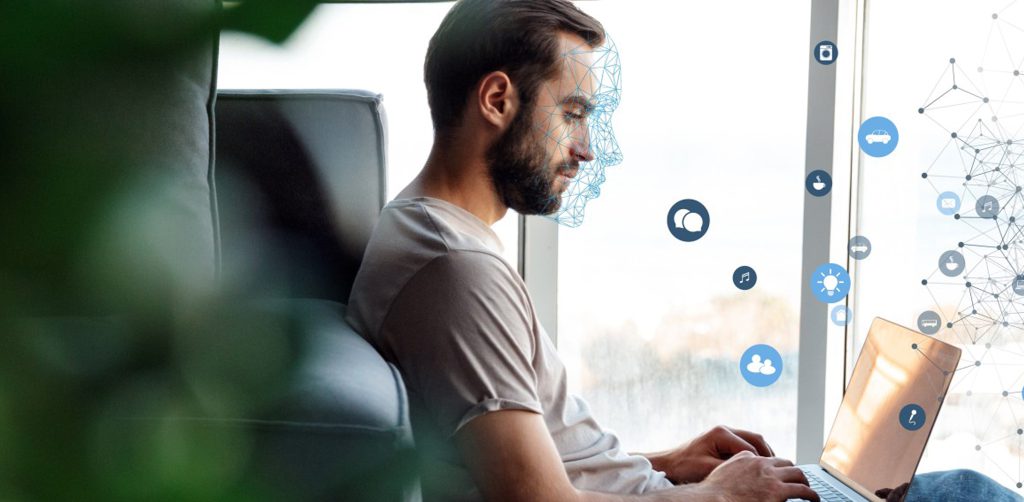The second -digital- life of the consumers now leads the way

- marketing
- Categories: Isidoros' blogposts
- Tags: AI
From our digital self’s baby steps in those first days of the Internet, to our extravert edition in the social media, our digital self has been growing up year by year, side by side with our organic one.
And as our consumer experiences are shaping us in the real world, so are our online interactions with people and businesses. And now, what a challenge that has been brought in front of us!
A pandemic that shook our lives top to bottom and set the foundations for a new era for us all. Now, let’s just think about how difficult our everyday life would be in the pandemic, without our digital identity, or maybe entity. There is a digitized projection of ourselves that coincides, overlaps with our real, organic self.
Still amidst the pandemic, counting human losses day by day and restraining our organic selves to keep us safe, this is one of the times of history that a global catastrophe already seems to be bringing yet again, our better selves.
This time, our digital selves.
And commerce is the first to witness it all.
As we enter 2021, 2.5 billion people trade digitally through phones, computers, tablets, and gaming machines and only a few years ago, in 2018, a digital crypto-kitten was sold for $170,000 – yes, you heard right, this is a kitten that only exists in the parallel digital universe!
As consumer habits are being influenced by our second digital personality, it also makes sense for the customer journey to constantly switch between the physical and digital touchpoints. Even before the pandemic, online for many held the lion’s share and of course this was intensified last year.
Virtual Economy is here to stay, this is a fact and there is no way around it; brands and retailers that better capture the digital pulse of consumers will be the leaders of the years to come, or the sole survivors to say the least. Yes, phone calls could stay in the spotlight for a few more years, but even there, AI bots are already undertaking a significant percentage of it; the whole consumer service experience reshapes to an insightful and omnichannel service, fully integrated and personalized to the customer. We already have projects in Pobuca where people and digital assistants (bots) switch seamlessly to service without confusing the consumer and share knowledge bases that are automatically updated by AI.
We are at the brink of Virtual Economy, one of the first steps along the path of the 4th Industrial Revolution, in a synergy of sophisticated AI platforms that operate in virtual environments. Ιn an emerging habitat exhibiting the capacity of groundbreaking technologies like distributed ledgers, virtual reality (VR), computer vision, real-time ray tracing, cryptocurrencies, and non-fungible tokens (NFTs), that will be opening up great potential in this historical coincidence of technology and societal change, that will shape our future. Moreover, the Virtual Economy arrives with a social promise, to give equal opportunity for people to smooth their real-world income through a non-native economic system.
As a result, our consumer behavior is inevitable to change too and blur the lines between physical and digital, real and virtual. We will purchase physical consumer goods with digital money that we made in a virtual world – and vice versa.